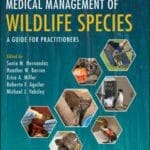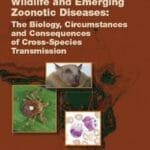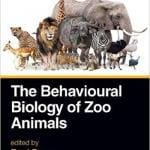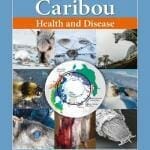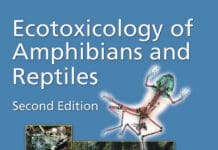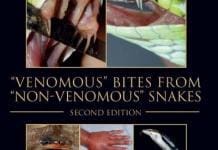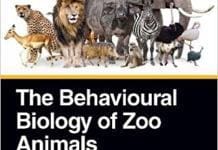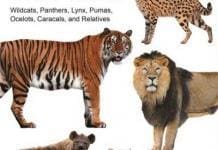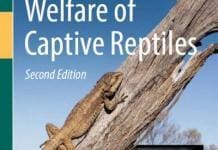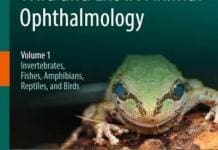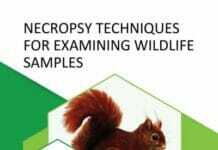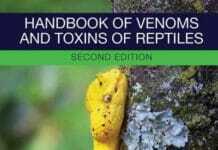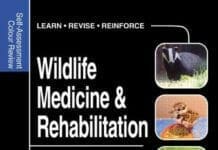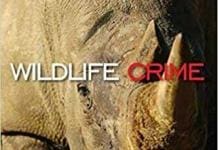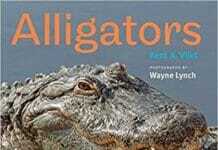Fowler’s Zoo and Wild Animal Medicine Current Therapy Volume 10
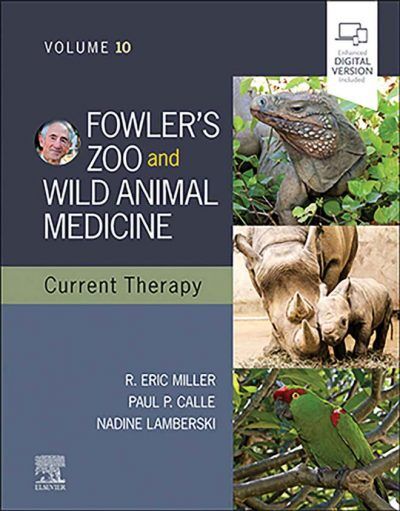
By Eric Miller, Nadine Lamberski and Paul Calle
Fowler’s Zoo and Wild Animal Medicine Current Therapy Volume 10 PDF. Get the latest advances in zoo and wild animal medicine in one invaluable reference! Written by internationally recognized experts, Fowler’s Zoo and Wild Animal Medicine: Current Therapy, Volume 10 provides a practical guide to the latest research and clinical management of captive and free-ranging wild animals. For each animal, coverage includes topics such as biology, anatomy and special physiology, reproduction, restraint and handling, housing requirements, nutrition and feeding, surgery and anesthesia, diagnostics, and treatment protocols. New topics in this edition include holistic treatments, antibiotic resistance in aquariums, non-invasive imaging for amphibians, emerging reptile viruses, and African ground hornbill medicine, in addition to giant anteater medicine, Brucella in marine animals, and rhinoceros birth parameters. With coverage of many subjects where information has not been readily available, This Book is a resource you don’t want to be without.
Features:
- Format ensures that each volume in the series covers all-new topics with timely information on current topics of interest in the field.
- Focused coverage offers just the right amount of depth — often fewer than 10 pages in a chapter — which makes the material easier to access and easier to understand.
- General taxon-based format covers all terrestrial vertebrate taxa plus selected topics on aquatic and invertebrate taxa.
- Updated information from the Zoological Information Management System (ZIMS) includes records from their growing database for 2.3 million animals (374,000 living) and 23,000 taxa, which can serve as a basis for new research.
- Expert, global contributors include authors from the U.S. and 25 other countries, each representing trends in their part of the world, and each focusing on the latest research and clinical management of captive and free-ranging wild animals.
Read more: Zoo and Wild Mammal Formulary
This Book is For Premium Members Only

